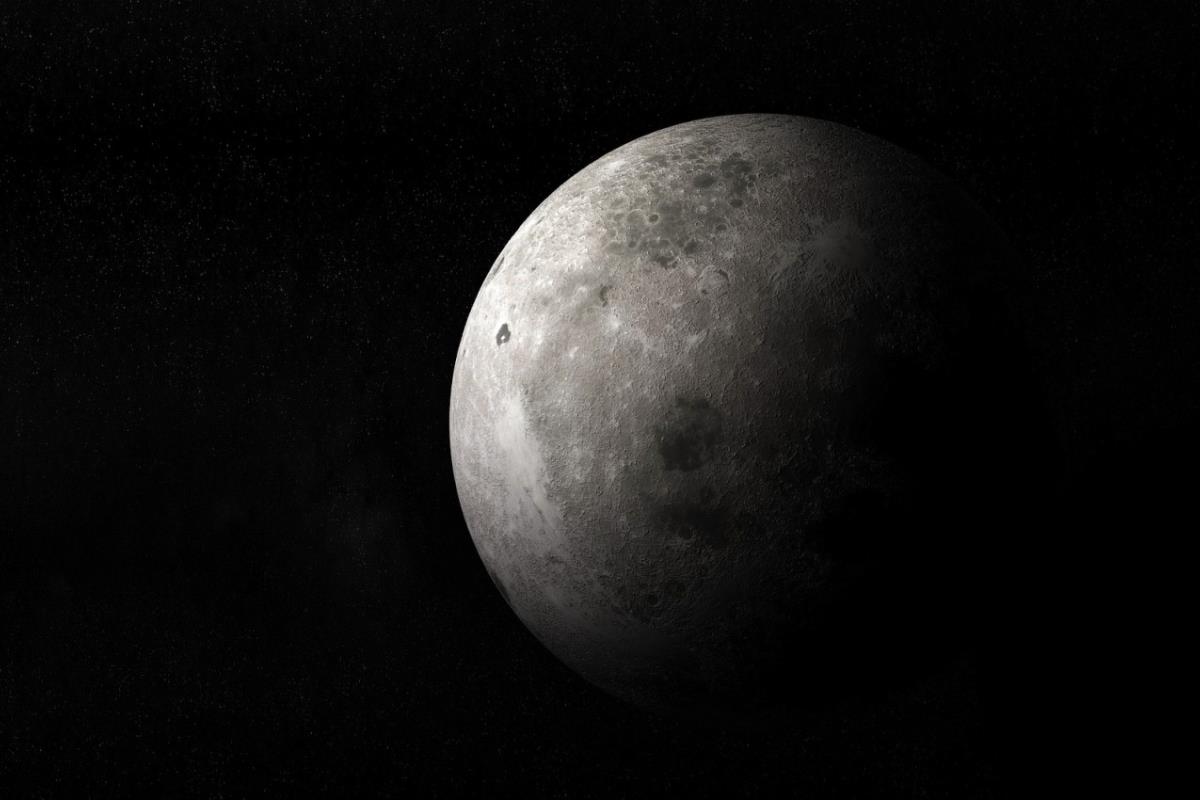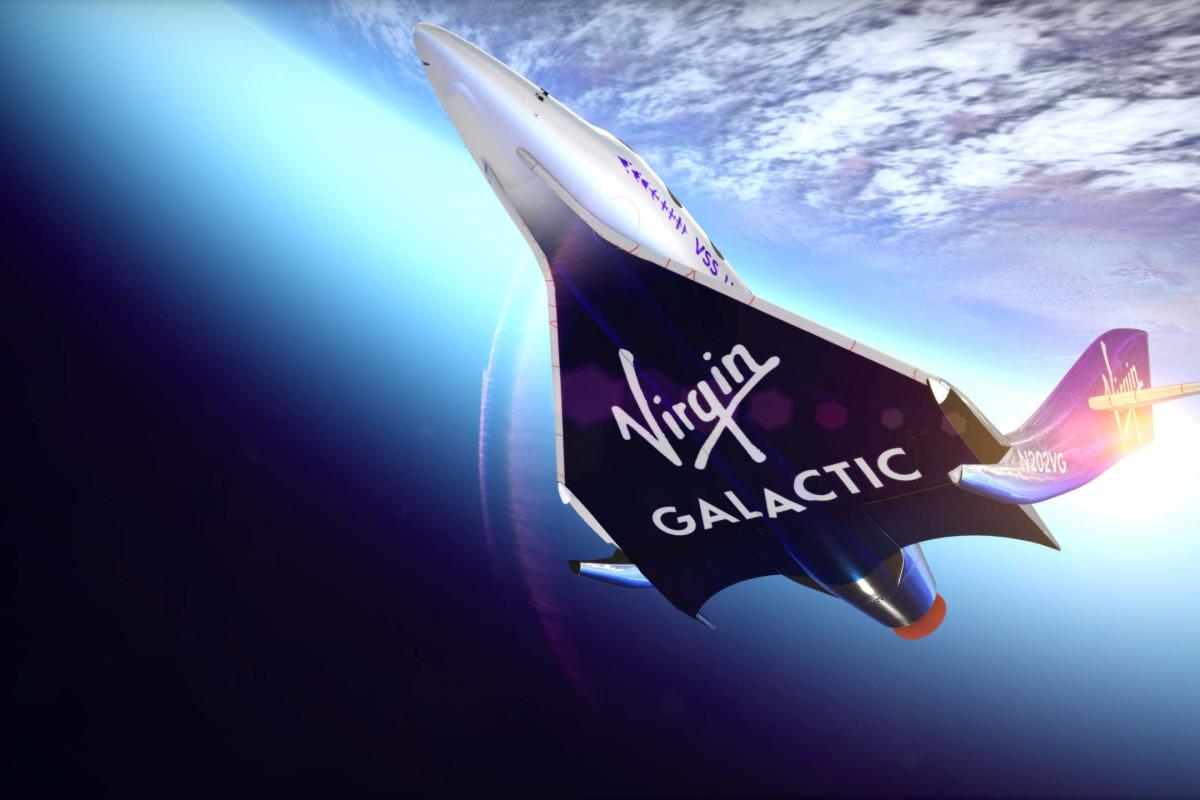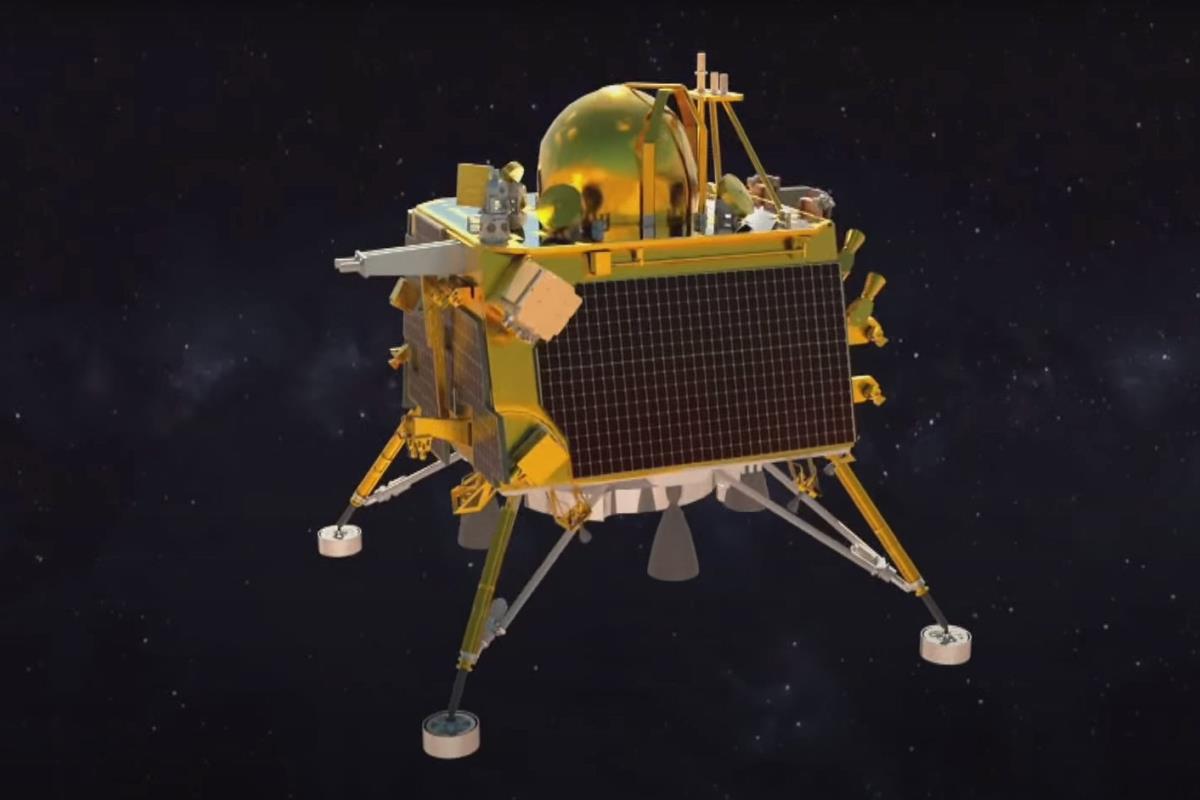
As the sun dips below the horizon, casting long shadows over towering lunar mountains, a sense of unexplored mystery engulfs the Moon's south pole. In this desolate region, deep craters remain cloaked in perpetual darkness, untouched by the warmth of sunlight due to the Moon's lack of an atmosphere. With temperatures plunging to a frigid -248°C, this is a world untouched by human footprints, a realm of uncharted potential.
Nasa aptly describes the Moon's south pole as a realm of "mystery, science, and intrigue." Amid this backdrop, a new space race has emerged, as nations strive to reach the lunar south pole - a realm far removed from the Apollo landing sites clustered around the equator. This quest for lunar exploration recently reached a critical juncture, capturing the world's attention with both triumphs and setbacks.
One of the key contenders in this race is India, which has unveiled ambitious plans for the Chandrayaan-3 robotic probe to explore the Moon's southernmost reaches. This endeavour is poised to uncover uncharted territories and offer insights into phenomena that have remained shrouded in mystery for eons.
However, space exploration is not without its challenges and heartbreaks. Russia, a veteran in lunar exploration, experienced a setback when its Luna-25 mission, a bid to become the first to land on the Moon's south pole, ended in a crash. Despite the failure, Russia's endeavour underscored the allure of this unexplored expanse.
The loss of Luna-25 serves as a poignant reminder of the inherent risks associated with space exploration. The mission was Russia's first foray into lunar exploration in nearly five decades. The excitement surrounding its potential to discover frozen water and precious elements within the Moon's shadowy craters was palpable. However, technical difficulties led to its untimely end, raising questions about the challenges inherent to lunar missions.

While this setback may cast a temporary shadow over Russia's lunar ambitions, it is important to recognise the broader landscape of lunar exploration. Numerous nations are vying to unlock the secrets of the Moon's south pole, with the primary focus often resting on the presence of water.
Data collected by Nasa's Lunar Reconnaissance Orbiter suggests that water ice could be nestled within the large, perpetually shadowed craters of the Moon's south pole. The potential presence of untainted frozen water has captured the imagination of scientists and space agencies alike, as it could provide valuable resources for future human missions.
India's Chandrayaan-1 mission made history in 2008 by unearthing evidence of water on the Moon. The discovery was a turning point, hinting at the possibility that over millions of years, the cold polar regions accumulated frozen water, offering a pristine sample that can shed light on the history of water within our solar system.
Amidst these explorations lies a pragmatic motivation: water's vital role in sustaining human presence on the Moon. As nations contemplate sending astronauts to our celestial neighbour, the availability of water for drinking and sanitation becomes paramount. The challenge lies in transporting equipment from Earth to the Moon, a task that requires overcoming Earth's gravitational pull. Water's dual nature as a propellant for rockets further underscores its significance.
However, the exploration of the Moon's south pole goes beyond the search for water. The region's unique geological features promise invaluable insights into the solar system's history. The lunar south pole is perched on the rim of an ancient, colossal impact crater spanning 1550 miles in diameter. Navigating this uncharted terrain with rovers, space suits, and sampling tools presents an opportunity to uncover untold mysteries and broaden our understanding of the solar system's evolution.
As nations vie for lunar dominance, the lunar south pole emerges as a pivotal scientific destination. While Luna-25's crash is a setback for Russia, it is but a chapter in the larger narrative of lunar exploration. Other nations, such as China, Japan, and the United States, continue to forge ahead with missions designed to unearth the Moon's secrets.
Ultimately, the race to reach the Moon's south pole transcends national boundaries. It is a testament to humanity's indomitable spirit, insatiable curiosity, and relentless pursuit of knowledge.
Share this story:
Tweet












